Trinidad and Tobago author and historian, Angelo Bissessarsingh, passed away this morning—according to a Trinidad Guardian report—after battling for two years with pancreatic cancer.
The following column on Bissessarsingh and his value to the two island republic was written by columnist Sunity Maharaj on 27 December 2015:
That he is still here, breathing history and belching fire, and living it up when his body is down, is a miracle to be celebrated this Christmas.
Through January’s jolting diagnosis of pancreatic cancer with two months to live, and months infused with the ups and downs of chemo, Angelo Bissessarsingh endures. Thankfully.

(Courtesy Facebook)
In the age of Facebook no one has done more than this 33 year-old to popularize our history and excite us about the stories of this place. Told by him, history is an adventure featuring characters that tumble off his tongue like pardners from around the corner. Entire places can disappear when he releases the past from its congealed history into the present.
A historian by passion, Angelo has earned the respect of some of the country’s most esteemed academic historians, including Prof Brinsley Samaroo with whom he has done significant work. He was surely born for this.
In a CNC3 News feature a few months ago, he spoke about being turned on to history at age 10 or so. Years later, he thought he had it made when the National Museum advertised the job of a curatorial assistant at half the salary for which he was then working.
Perhaps, the interviewer was scared by his passion and interest in stirring things up. He didn’t get the job.
With characteristic ebullience, he went home and launched his own museum on Facebook and appointed himself to the top job of curator of the Virtual Museum of Trinidad and Tobago (VMCOTT). On visitor count and experience alone, it probably out-rivaled the National Museum.

With his gift for story-telling and trove of historic photos, Angelo’s Virtual Museum quickly became an interactive forum from which a new community has emerged for sharing historic information and ideas and lobbying the government on heritage and conservation issues.
No matter the issue, Angelo would be ready to provide historical context to VMCOTT followers.
A few months ago, the online museum fell victim to a hacker who locked Angelo out of his increasingly valuable creation. Facebook itself seemed either unwilling or unable to help.
By then, under intensive treatment for cancer, Angelo’s social media presence was becoming patchy with long periods of silence punctuated by frank posts about his health mixed with some morbid humour and hilarious declarations about one thing or another.
Yesterday, he was on about the Dutch language.
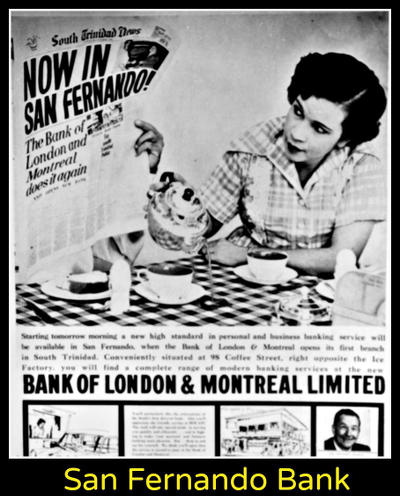
(Courtesy Facebook)
His job in local government system has brought him its own special advantages, though. Information collected by local government bodies constitutes a rich reservoir of historical data while routine dealings with people at the community level can produce surprising opportunities for gathering anecdotal history and evidential material.
We in the media have found in Angelo a willing guide into history, a riding pardner to historical sites and a compelling story-teller.
In a guided tour of the Banwari site a few years ago, he filled my head with such vivid images of Banwari Woman and the people of our First Nation that they stay with me to this day.
Delightfully gripping, his historical narratives are told with such relish, punctuated by chuckling and exclamations, that you could almost believe he was there and witnessed it all. This is the tone that flavours his work and which makes his Virtual Museum of T&T too valuable a resource to be lost to a thieving hacker.
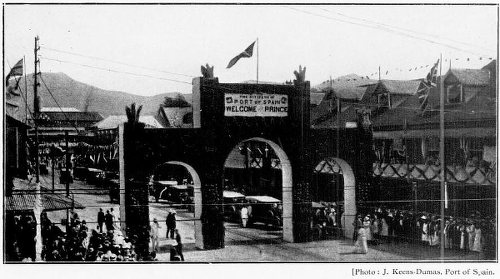
(Courtesy Facebook)
In developing his online museum, Angelo has given us a prototype for a modern approach to history education which can be expanded and incorporated into the school curriculum.
As an online educational resource, it will help make sense of the hundreds of millions of dollars already spent on laptops and for which almost no original content has been created.
The alienation that has complicated our relationship with our past and with this land has also kept the most important work outside of the formal system.
In collecting and preserving heritage, Angelo is not alone. In pockets and niches throughout the country, individuals are compensating for the failures of the state by creating heritage libraries in their homes, preserving spaces and generally looking after the cultural patrimony and wealth that has been rejected by the colonial values of the status quo.
Now that we are searching for things of value to trade with the world, it is time to look at history’s raised hand.
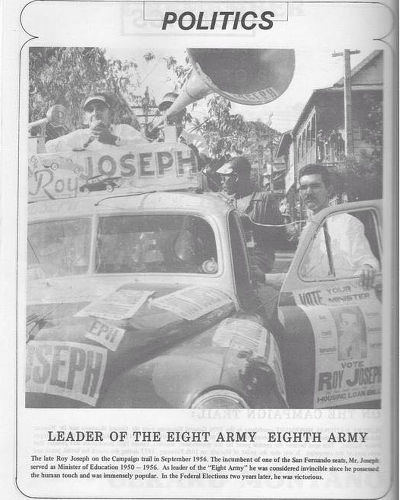
(Courtesy Facebook)
Sure, culture can be monetised via cultural tourism, but its greatest power lies in the journey it offers into self-discovery. So much of who we are remains buried in history at a time when we most need the confidence of knowing who we are.
Some of it lies in the cemeteries covered in Angelo Bissessarsingh’s “Walking With Our Ancestors – The Historical Cemeteries of Trinidad”; some can be picked up through his forthcoming book, “A Walk Back in Times: Snapshots of the History of Trinidad and Tobago.”
Still more lies between the covers of books by other historians and writers.
Angelo’s work has been important in bridging history with general audiences. Institutional arrangements are now needed to build on such work and take it further.
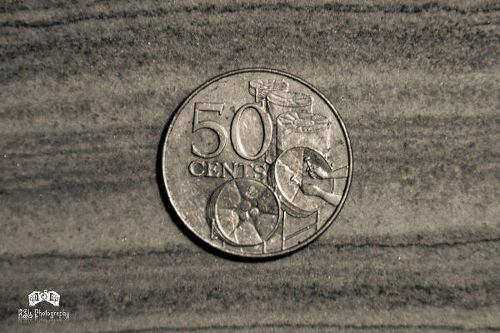
(Courtesy Facebook)
To Angelo, gratitude and wishes for better health soon and a full return to your labours of love.
Sunity Maharaj is a journalist with 38 years of experience and the managing director of the Lloyd Best Institute of the West Indies.
She is a former Trinidad Express editor in chief and TV6 head of news.
 Wired868 Wired868 for smart sport news and opinion
Wired868 Wired868 for smart sport news and opinion

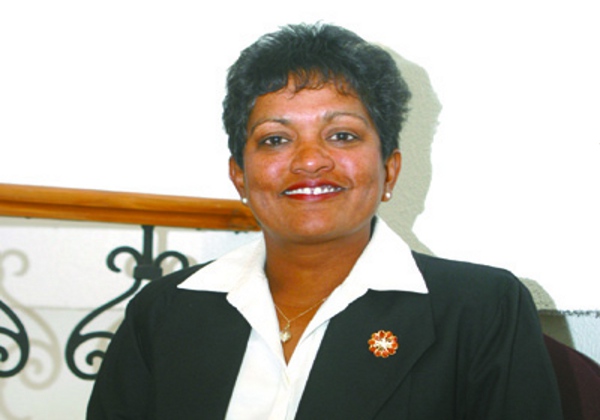
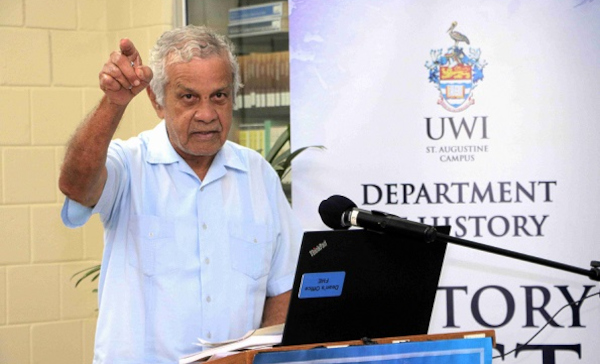
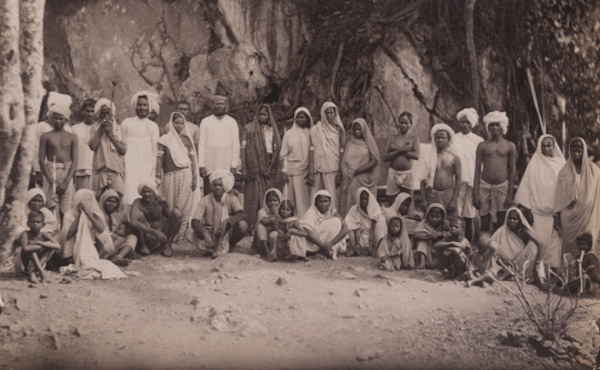
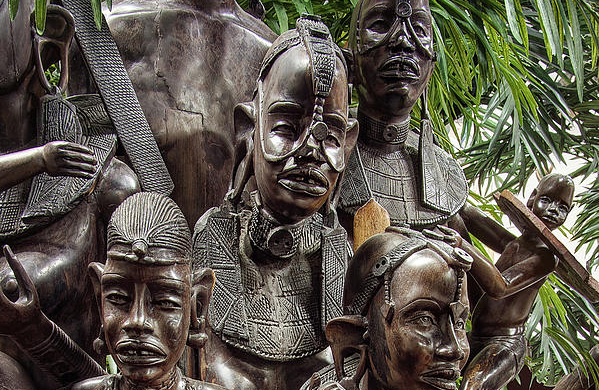
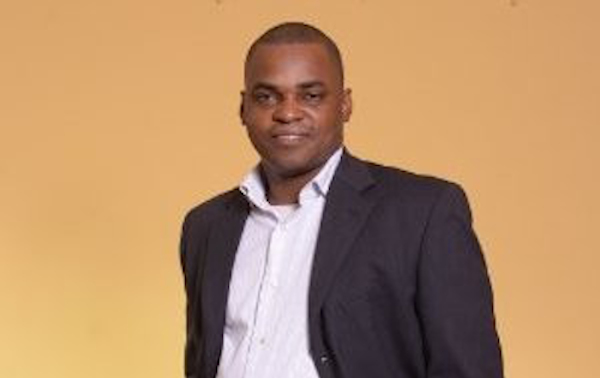
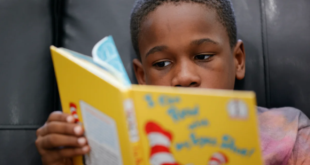
http://www.guardian.co.tt/news/2017-02-03/museum-replace-angelo’s-home
Gone too soon. Condolences to his family, friends and admirers.
🙁
We have lost a true son of the soil and an inspiration to us all.
https://www.facebook.com/peopleoftrinidad/posts/842855652491205:0
I see there is a groundswell of support for him to get a national award. I’d agree with that.
There is a life lesson to learn here. He followed his passion….and succeeded. When the door was closed to him, he went and made his own door.
He deserves National recognition for his excellent work.
Thank you so very much Mr.Angelo Bissessarsingh…(VirtualMuseum Oftrinidadandtobago)
he is my very good friend! wish him d best 4 d season& always!!
Thank you Sunity for writing about Angelo, a true AMBASSADOR of our history! Its very rare to find someone so young, with a passion like this for keeping our history alive. I salute you Angelo!
I visited the online museum group after reading the story. Very interesting. So the actual Facebook group is down at the moment Sunity?
thankfully he gets his plaudits whilst breathing
Hope Angelo gets better soon. He is indeed a one of a kind individual and his Virtual Museum never fails to excite anyone with a link to Trinidad and Tobago.
Thanks for this, Lasana! Angelo’s work deserves much more recognition than it has received so far. I’m glad it was Sunity who wrote this – guarantees an automatic wide, and generally thoughtful, audience.